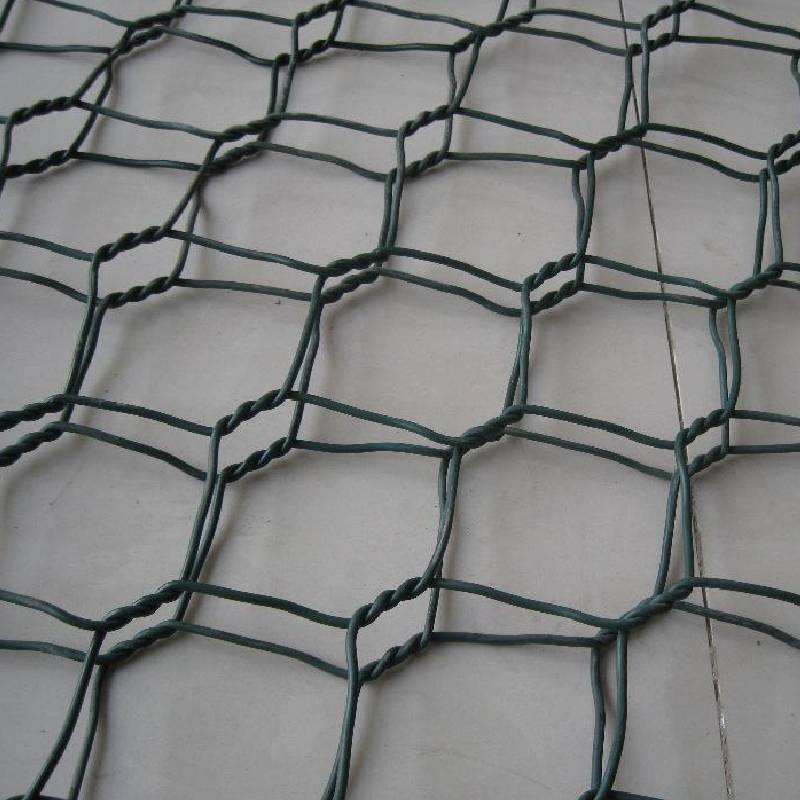
- Mobile Phone
- +8613931874955
- sales@cntcmetal.com
Exploring the Impact of Seismic Brick Ties on Structural Integrity in Earthquake Zones
Understanding Seismic Brick Ties Ensuring Structural Integrity in Earthquake-Prone Areas
Earthquakes pose significant risks to structures, particularly in urban areas where brick construction is prevalent. As one crucial element of seismic design, brick ties are engineered components that help maintain the stability and integrity of brick walls during seismic events. This article delves into the importance of seismic brick ties, their design considerations, and how they contribute to the overall safety of buildings in earthquake-prone regions.
What Are Brick Ties?
Brick ties, also known as masonry ties, are metal connectors that bond the brickwork to the structure's framework. They are integral in ensuring that brick walls remain attached to the building's framing system, especially when subjected to lateral forces generated by earthquakes. By providing support and minimizing the risk of separation between the brick façade and the structural skeleton, brick ties play a fundamental role in enhancing the building’s resilience.
Importance of Seismic Brick Ties
In the context of seismic activity, brick ties perform several critical functions
1. Lateral Stability During an earthquake, buildings experience lateral forces that can cause walls to shift or collapse. Seismic brick ties help prevent this by securing the brickwork to the frame, maintaining the overall structural integrity.
2. Energy Absorption Brick ties aid in dissipating energy generated by seismic waves, lessening the impact on the building's overall structure. This can prevent catastrophic failure and allow for critical time to evacuate.
3. Load Distribution The ties help distribute loads more evenly across the structure, reducing the likelihood of localized stress points that can lead to cracks or structural failure.
Design Considerations for Seismic Brick Ties
When designing for seismic resistance, several factors must be considered to ensure that brick ties are effective
seismic brick ties

1. Material Selection The materials used for brick ties must possess sufficient strength and durability to withstand seismic forces. Common materials include galvanized steel or stainless steel, chosen for their resistance to corrosion and tensile strength.
2. Spacing and Placement The spacing of brick ties can significantly influence their effectiveness. Engineers must comply with local building codes and seismic design standards that dictate the appropriate spacing and placement based on the specific requirements of the structure and the intensity of expected seismic activity.
3. Connection to the Frame Proper attachment of the ties to both the brick wall and the frame is essential. This involves using appropriate anchoring methods, such as bolts or screws, to ensure that the ties function effectively and do not detach during an earthquake.
4. Design of Wall Assemblies The overall design of wall assemblies must account for seismic loads. This includes considering the thickness of the brick, the type of mortar, and the presence of reinforcement bars (rebar) to enhance the wall's rigidity.
Building Codes and Regulations
Adherence to local building codes is paramount. Many jurisdictions have specific regulations regarding the use of seismic brick ties, often outlined in seismic design standards. These codes provide a framework for engineers and architects to ensure that structures are designed to withstand the forces generated by earthquakes.
Future Directions
As seismic research evolves, so do the methods and materials used in construction. Innovations such as flexible ties that can accommodate building movement or advanced materials that offer enhanced durability are in development. Moreover, technology-driven design tools, including Building Information Modeling (BIM), are being utilized to optimize the placement and efficiency of brick ties in earthquake-resistant buildings.
Conclusion
Seismic brick ties are an essential component of modern building design in earthquake-prone regions. They provide critical support that enhances the stability of brick structures during seismic events, thereby safeguarding lives and property. By understanding the importance of these ties, engineers, architects, and builders can design and construct more resilient buildings, ultimately contributing to safer communities in the face of natural disasters. As we advance in construction technology and materials science, the role of seismic brick ties will continue to evolve, underscoring the importance of ongoing research and adherence to safety standards in safeguarding our built environment.
share:
-
Your Source for Concrete Wall Ties and Masonry AccessoriesNewsJul.10,2025
-
Unlocking the Power of Iron Wire for Every ProjectNewsJul.10,2025
-
Explore Advanced Chain Wire and Stainless Steel Mesh FencingNewsJul.10,2025
-
Discover the Benefits of Annealed Wire ProductsNewsJul.10,2025
-
Discover China Stainless Steel Wire Mesh SolutionsNewsJul.10,2025
-
Build with Confidence Using High-Performance Masonry AccessoriesNewsJul.10,2025
-
Why Sacrificial Formwork Is Redefining Underground ConstructionNewsJun.06,2025



















